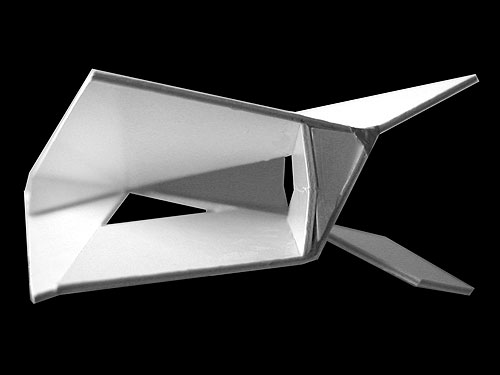


| studio performative spaces |
| studio_design models |
| lab_branding dubai |
| lab_elastic space |
| lab_prosthetic surface |
| lab_inform research |
| lab_precast reality |
| 2002 | ‘Prosthetic Surface Studio’/ Reinhardt (Studioleader, Coord.: Prof Tom Henegan) |
| USYD (MArch) | Research of critical surface conditions and generative methods in fashion (Chalayan, Miyake, Kawakubo) through design model, media rotation and architectural application |
In the professional work as architects and in an educational academic environment, we use two strategies for a rethinking of architecture:
The first, Design Models, are generative engines that form segments of an architectural project, independent from site and programmatic demands. Design Models regulate (describe, administer, explore) fabric, detail, material, structural and aesthetic characteristics. The essence of concept and idea are maintained when the model passes through different shapes, because its principles, rules, and framework are constantly edited and adjusted, following a logic of invention. Employed on various levels, scales, and application, the Design Model exists in a number of modes; from a body-formatted device, or interior façade prototypes, to organizations of urban structures.